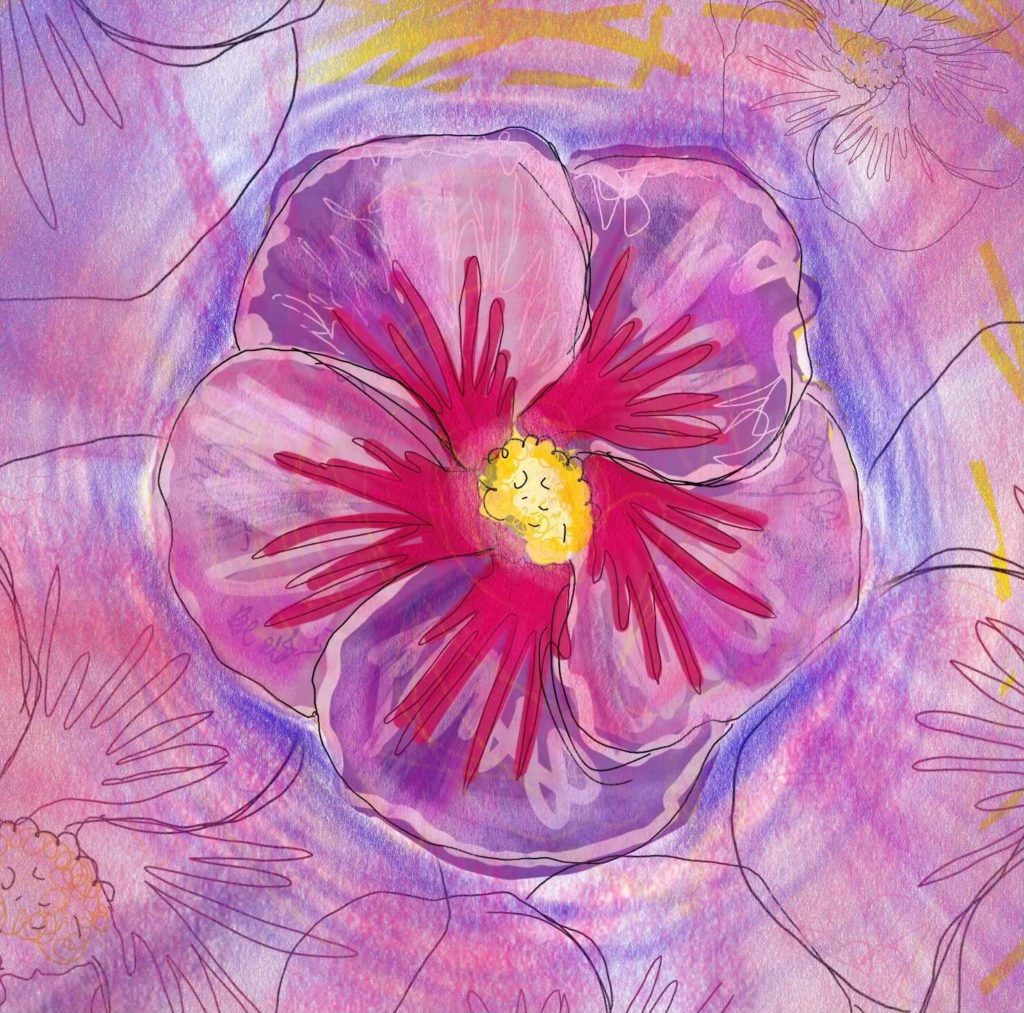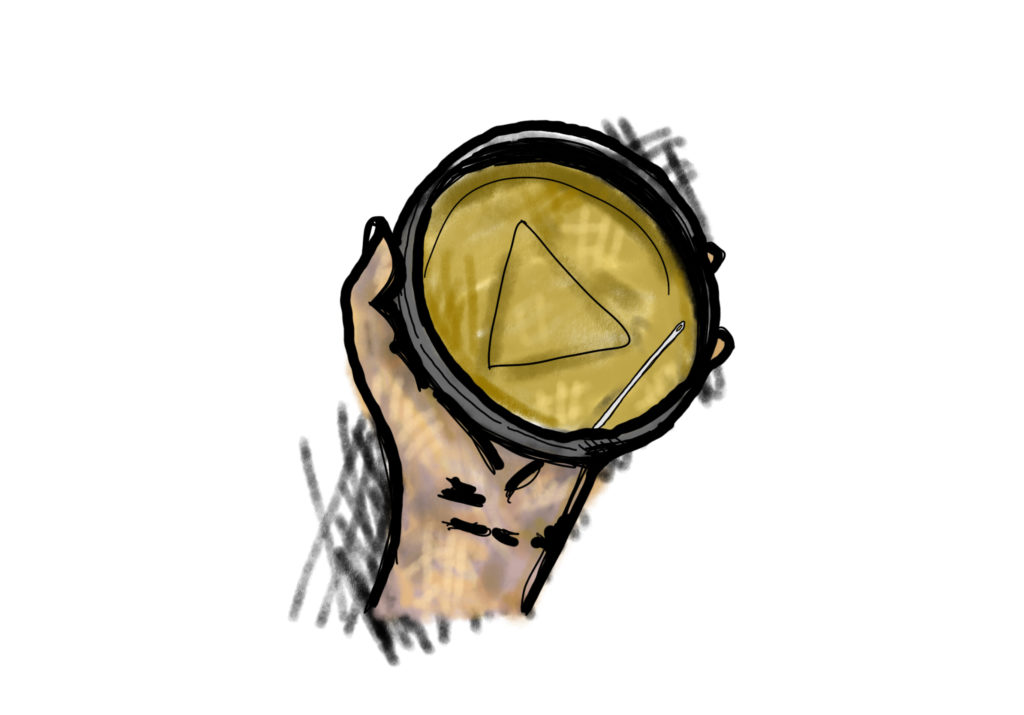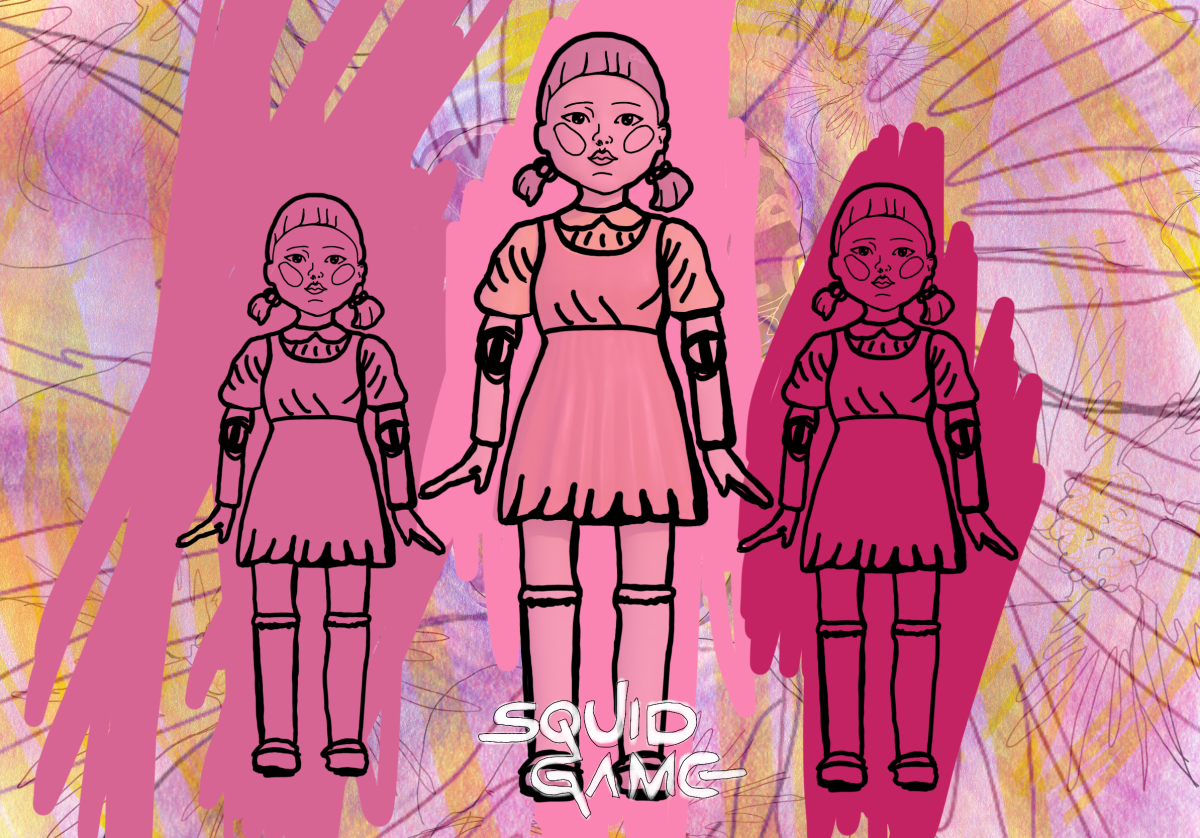(Trigger Warning: Mention of suicide)
Recently, my sister’s fiancé, a software engineer, went on a business trip to Maryland. During a meeting, when everyone was introducing themselves, one of the other men in the meeting asked my sister’s fiancé what he likes to do in his free time. When he mentioned watching K-dramas, everyone else in the room immediately became engaged and these white collar men proceeded to talk about what K-dramas they like to watch. Of course, in the midst of the conversation, one of the shows that was mentioned was “Squid Game.”
Netflix’s “Squid Game” is the platform’s most-watched series, harboring 111 million viewers within the first 17 days of its release. “Squid Game” currently has one season with nine episodes, including a few episodes based on classic South Korean children’s games.
Despite its popularity, the English subtitles for the show are notorious for being done poorly. There are two English caption options, one being CC and one that just says “English.” The CC is for closed captions, and include sounds and other descriptors for those that are hard of hearing. There are also lots of references that many non-Koreans may be unfamiliar with from the show.
Here are seven things you may have missed while watching Netflix’s “Squid Game”:
- Ddakji (딱지): The game that was played in the subway with Gong Yoo’s character and Gi-hun is a traditional South Korean game typically played with paper tiles. The goal of the game is as shown in the show, and is often played in Korean variety shows. It can actually be quite difficult to flip the opposing tile over, but overall, it’s a harmless game. Here’s a link if you’re curious on how to make the tiles and play for yourselves!

2. 무궁화 꽃 이 피었 습니다: The Korean version of ‘Red Light, Green Light’ (Mugunghwa kkochi piyot seumnida) literally translates into “the hibiscus flower bloomed.” The mugunghwa flower (aka hibiscus or the rose of sharon) happens to be South Korea’s national flower. The phrase might its origin from when the tagger would play in front of a hibiscus tree, which are small and very common in South Korea, and little kids would be the perfect size for the tree.
3. The creepy doll in the infamous “Red Light, Green Light” game is not just some random character created by the show. Often seen in Korean school books is Younghee, the name of the character. There is also a boy character named Cheolsoo who is seen alongside Younghee in these school books.

4. Dalgona (달고나): Also commonly referred to as bbobgi (뽑기), dalgona is the Korean version of a honeycomb toffee. Little kids buy dalgona from vendors and try to cut the shape out without breaking it. If they succeed, they get another dalgona for free! You may also recognize dalgona from the earlier quarantine trend of “dalgona coffee” where people would whip a one-to-one ratio of instant coffee and sugar together and put it atop a glass of milk.
5. When Sang-woo is sitting in the bathtub with his clothes on in episode two, next to him is a coal briquette burning, also known as “yeontan” in Korean. In Korea, these briquettes were often used for warming the room or as a replacement for firewood in cooking. This was a huge miss for non-Koreans, as smoking coal briquettes is a method of suicide in Korea.
6. The character Sae-byeok has a North Korean accent. Typically, accents in foreign languages are hard to distinguish by those unfamiliar with the language, so this small detail is missed by many international fans. Sae-byeok only allows her accent to come through when she speaks to her brother, but hides it when she’s speaking with the other characters.
7. Mi-nyeo’s use of language is actually a lot more vulgar than what the subtitles let on. Overall, Mi-nyeo’s character is butchered by the English subtitles. Lots of little things get translated into other phrases, such as in episode four when she says “What are you looking at?” but the subtitles say “Go away.” It waters down her aggressiveness and takes away from her character.
These are just seven references that may have gone over the heads of those unfamiliar with the Korean language or culture. Despite the disparities, millions of people around the world were able to enjoy a piece of media that was not in their native language or culture. The worldwide popularity of “Squid Game” is proof that media does not have to be in a person’s native language in order for them to enjoy it.
And if you, for some strange reason, decide to watch the show again, I hope the context gained from this list helps you enjoy and appreciate the show in a new way.
Featured image by Valerie Adams
































